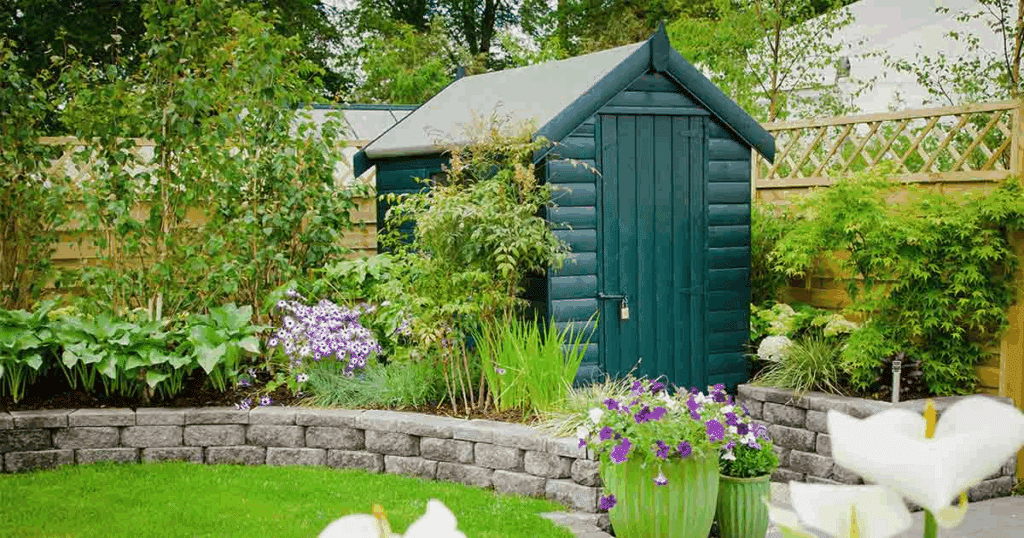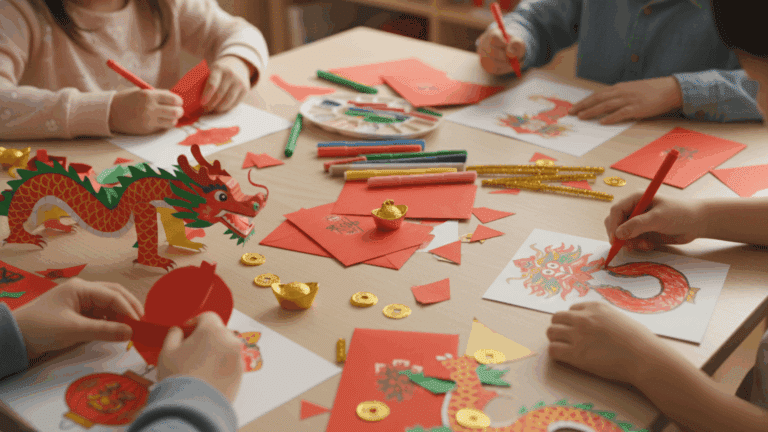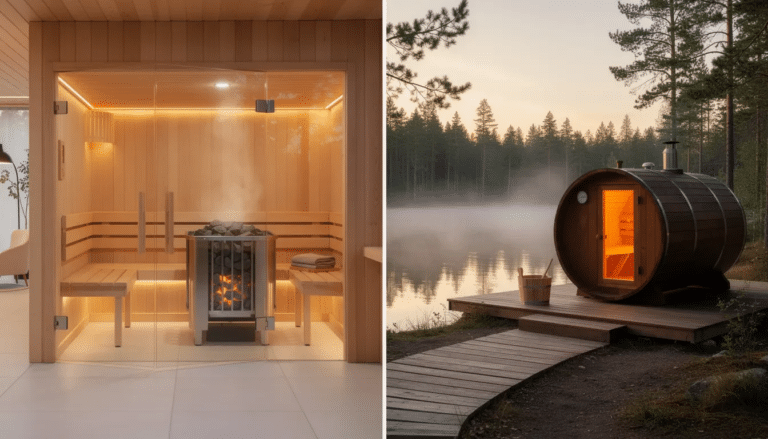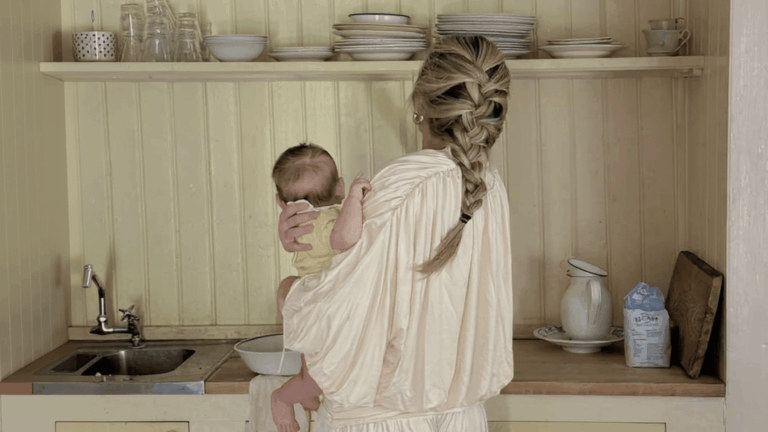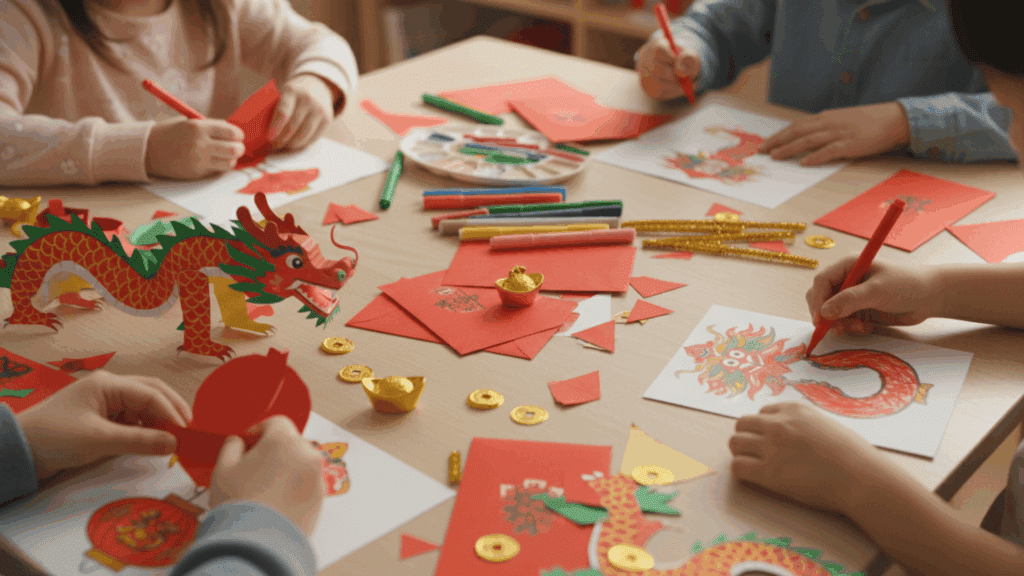Most families make great memories in their backyards, from cookouts to field days. Kids can learn, use their imagination, exercise, and entertain themselves in a well-equipped backyard, but you’ll want to make sure the space isn’t unnecessarily dangerous first.
Insects, chemicals, and toxic plants are just some of the many ways a child can obtain severe injuries through reckless backyard play. If you want to child-proof your backyard, you’ll need to take note of some of the most common concerns to address first.
Enclose the Perimeter
As a parent, you’re likely all too familiar with how much kids love to wander. You want your backyard to be a safe space that keeps your kids inside while keeping dangerous wildlife or strangers outside. Enclosing the perimeter with a fence is an excellent way to do that. Opt for tall fencing to help secure your pets and keep large wildlife out, too.
Child-proof latches can keep kids from exiting easily, though you may want to invest in more secure measures as they get older. Ensure there are no gaps or weaknesses that might entice a pet or child to try to squeeze through.
Vinyl is an affordable fencing option, but wood provides a more natural material choice. Metal or chain-link fencing is also valid, but it doesn’t offer as much privacy.
Look for Toxic Plants
Some native plant life can be incredibly dangerous for a child to consume or touch. Poison Ivy is just one example of a native plant in most areas that can cause painful, itchy, and swollen welts. If your child has an allergic reaction to a plant, the situation can become even more severe. Many plant and mushroom varieties are toxic to consume, as well.
Walk the perimeter of your yard often and remove any weeds or mushrooms that are dangerous. Poison oak and poison sumac are some other options to look for. Be mindful about what you choose to plant in the garden as well; beautiful flowers like oleander are actually toxic if ingested.
When you select these types of plants, supervise your kids, especially younger ones, to ensure they don’t eat plants they’re not supposed to. Flowers like lilies are toxic to cats, so keep your pets in mind, too.
Declutter and Lock Away Chemicals
From pesticides to pool cleaning, many chemicals are extremely hazardous for children to touch, breathe in, or ingest. It’s best to lock away these chemicals when not in use, and keep your kids out of harm’s way when you’re actively working with them.
You’ll also want to declutter your yard of any sharp or dangerous equipment, like shears, lawnmowers, or power tools. It’s best to keep them in a storage shed, locked equipment room, or tucked away in a garage when you’re not actively using them. You’ll want to eliminate any broken toys or lawn furniture to ensure a safe space.
Provide Safe Surfaces
Hidden rocks, holes in the lawn, or rugged playground terrain can cause dangerous trip hazards. It’s easy for kids to fall the wrong way and break limbs; their bones are still developing and aren’t as strong as yours. Fill in any deep holes in your yard to ensure an even surface. Remove rocks that can trip kids near play areas.
Avoid hard surfaces like concrete around common running areas, such as playgrounds or sports courts. For playground equipment, surfaces like natural rubber mulch can help absorb falls and mitigate damage. Climbing structures and trampolines increase the chances of falls; adding padded mats or other absorbent flooring can help support them and minimize injuries.
Check Structures and Equipment
Kids love to climb and play near anything, not just playgrounds or equipment intended for that purpose. You’ll want to make sure any playgrounds, furniture, decks, trees, and fences are safe for children to play on. Make sure swingsets, slides, or climbing structures are secure and can safely hold your children’s weight.
Keep an eye out for loose bolts, splinters, or rust on these structures. If playground equipment gets too hot, it can cause burns on your child’s skin; consider moving it under the shade or adding a canopy to lower the temperature. Rusty surfaces can increase the risk of tetanus. You can eliminate rust in many circumstances with substances like WD-40 or a combination of water and lemon juice.
If you can’t remove rust, you may want to consider replacing it. If you have a deck space that is rotten, rusted, or splintered, it’s likely due for a replacement. I found a deck builder near me offering cool decking surfaces to prevent burns and splinters; you may want to look for something similar. Splinters in small areas can be easily sanded off, but excessive rot can be dangerous and should be replaced.
Prevent Insect Bite
Certain insects can cause painful or itchy welts that disrupt playtime. Mosquitoes, wasps, and ticks are all common annoyances in backyards, especially during summer. You can spray to keep mosquitoes at bay, but allowing your child to wear bug repellent can make a major difference. Keep your grass trimmed near play areas to reduce the chance of ticks.
You’ll want to check for ticks when kids come back in from play; checking your animals can reduce the chances of bites, too. Remove ticks completely if you find one; leaving the head intact can increase the risk of tickborne diseases like Lyme disease. Remove any wasp nests that are near play areas or close to the home. Teach your kids to leave stinging insects like wasps alone.
Mitigate Water Hazards
If there are pools, ponds, hot tubs, or other water features in your backyard, make sure they’re safe. You’ll want to include covers on these water surfaces when not in use.
Pool alarms can alert you if a child falls into the pool accidentally. Ensure kids are properly supervised when using pools. Drowning can even happen in unexpected water features, like rain barrels, when kids are small enough. Always play it safe and keep water containers covered.
Teach Outdoor Safety
No matter how safe your backyard is, kids may always find a way to play recklessly. Teaching your kids safety rules like not running on hard surfaces or asking permission before swimming can significantly decrease the chance of injuries or accidents.
Identify what risks are more likely in your yard. Kids are more likely to follow rules when they know why they shouldn’t do them—try to explain it to your kids as thoroughly as possible to prevent issues.
Conclusion
The backyard is a wonderful place for kids to grow, learn, and play. You’ll need to make sure there aren’t any hazards that could severely injure them first.
Take a walk through the perimeter of the yard and identify any toxic plants, drowning hazards, uneven surfaces, or stinging insect problems. Teaching your kids about certain dangers and why they need to avoid them is also beneficial for a fun and safe outdoor space.


